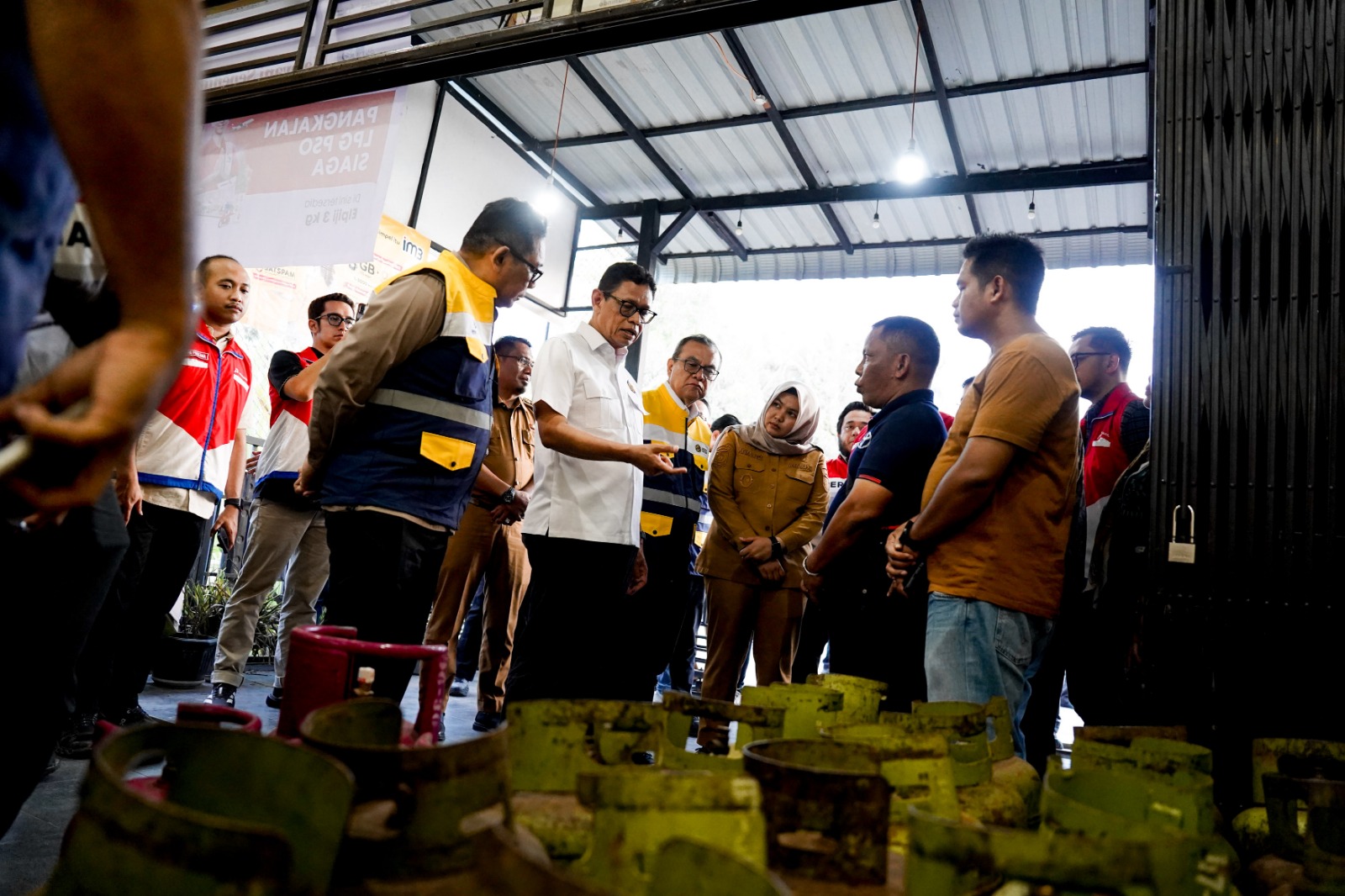Indonesia to Add 40,000 MW in the Next Ten Years with 52 percent from Renewables
MINISTRY OF ENERGY AND MINERAL RESOURCES
REPUBLIC OF INDONESIA
PRESS RELEASE
NUMBER: 341.Pers/04/SJI/2021
Date: 23 September 2021
Indonesia to Add 40,000 MW in the Next Ten Years with 52 percent from Renewables
The capacity of new, renewable energy-based power plants will continue to increase in the next ten years. The addition is part of the efforts to anticipate the increasing demand for electricity, as shown by the prognosis of the Ministry of EMR.
"We can assure you that out of the 40,000 MW addition in the next ten years, almost 52 percent will come from various types of new, renewable energy," said Director General of Electricity of the Ministry of Energy and Mineral Resources (EMR), Rida Mulyana, during a virtual public lecture to the participants of the Freedom to Learn, Independent Campus of the Solar Power Initiative Movement (MBKM Gerilya) on Tuesday (21/9).
Rida explained that the power generation capacity until June 2021 reached 73,341 MW, with fossil-based power plants, that is, coal-fired power plants (PLTU), producing the largest amount of electricity.
"In terms of generation costs, PLTU is indeed cheap. So, the electricity tariffs are affordable for the public, thereby improving people's purchasing power and making the industries more competitive," said Rida.
According to the share of generation capacity, coal-fired power plants (PLTU) take the largest share at 47% or around 34,856 MW, followed by gas-fired/combined cycle/mini gas-fired power plants (PLTG/GU/MG) 20,938 MW (28%), hydro/mini hydro/micro hydro power plants (PLTA/M/MH) 6,255 MW (9%), diesel power plants (PLTD) 4,932 MW (7%), geothermal power plants (PLTP) 2,174 MW (3%), waste power plants (PLTU M/G) 2,060 MW (3%), and other types of new, renewable energy power plants 2,215 MW (3%). "It's true, this (composition) cannot be maintained forever. Even though we have large amounts of coal, it will eventually deplete," said Rida.
In terms of energy consumption, the realized consumption of coal-fired power plants in the same period was even higher, at 65.30% or 32.76 million tonnes of coal. The next largest consumption was on natural gas 17% (184,079 BBTU), water 7.05%, geothermal 5.61%, oil fuels 3.04%, biofuels 0.31%, biomass 0.18%, solar 0.04%, and other types of new, renewable energy 0.14%.
"We have to get out of this type of energy consumption, (and instead) use greener, cleaner, and more sustainable types of energy, and this is our collective responsibility," said Rida.
In terms of supporting infrastructure, until June 2021 the construction of transmission networks totaled 62,440 circuit kilometers (ckm), 151,698 Mega Volt Ampere (MVA) of transmission substations, 1,013,217 circuit ckm of distribution networks, and 62,345,606 MVA of distribution substations. (IY)
Head of Bureau of Communication, Public Information Services, and Cooperation
Agung
Pribadi (08112213555)
Share This!






